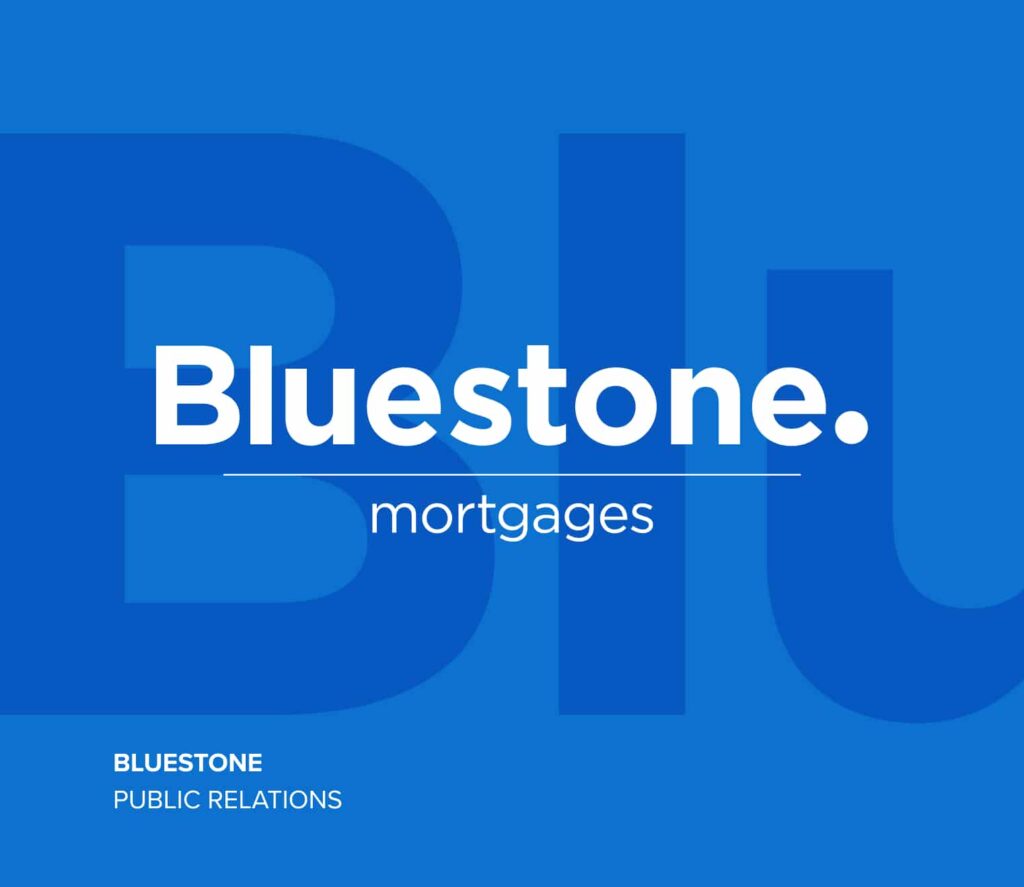What are some of your marketing goals for this year? Do you want to improve awareness? Increase sales? Generate leads? Keep customers? No matter your goals, event marketing is a tool that can catapult you to success.
According to a recent study by Bizzabo, 89 percent of overperforming businesses believe live events are instrumental to their organization’s success. But these companies aren’t just hosting events and calling it a day. They’re using proven strategies to track ROI and meet marketing goals.
What Business Goals Can Marketers Achieve Through Events?
Brand awareness. Events allow you the chance to cultivate an environment completely aimed toward your target audience. You get to share your brand’s history, culture, and value exactly how you want to—in an environment where outside noise is at a minimum and all eyes are on you.
Lead Generation. You collect leads before the event—through email addresses and other pertinent information. You also collect leads during the event—where you have instant access to ideal prospects who are already interested in what you’re doing.
Increased Sales. Events are a time for current and potential customers to intermingle. This can lead to accelerated sales as current customers talk up your products and services.
Customer Engagement. The biggest ROI comes from retaining customers. You can use events to introduce new products and services your current customers may be unaware of. With limited distractions, you can show them exactly how your services improve their lives.
Types Of Marketing Events
“I think live events are critical. They end up having this effect across the board, across all of the funnels that you might not notice at first. What we notice, is if we don’t do events, it affects everything,” says Cari Goodrich, Senior Director, Global Marketing Programs at Looker.
>Live events come in all shapes and sizes. Online events—think webinars and live streams—give you easy access to customers all around the world. They’re usually much cheaper than face-to-face events, but they still allow you to interact with your ideal target audience.
Face-to-face-events range from conferences and tradeshows to seminars and lunches. While they may require more planning (and more money) up front, they present you with a unique opportunity to build long-lasting relationships with your attendees.
“Once you’ve got that [face-to-face] experience, [the customer is] a convert hopefully for a lifetime, and as a brand ambassador,” says Raja Rajamannar, chief marketing, and communications officer for Mastercard, speaking at Advertising Week New York.
How To Leverage Events For Marketing Success
What you do before and after the event is just as critical as what you do during the event. Below are four steps you can take before and after your event to set yourself up for marketing success.
Step 1: Set SMAC Goals
Hold yourself accountable for event success by defining crystal clear goals beforehand. With clearly defined goals in sight, you can plan the most efficient way to reach them. The SMART goal acronym is a popular one, but I prefer the simpler SMAC goal acronym. SMAC goals are specific, measurable, achievable, and compatible.
Let’s take a look at an example.
Specific: Make your goal concrete. For marketing professionals, you may choose a key performance indicator (KPI) you want to improve on. In the example below, we’ll use lead generation as our KPI.
Example: Increase the number of registered attendees for our next event by promoting it through social media, our website, and email.
Measurable: Include a metric that defines success. In the example below, we’ll know whether we’ve accomplished our goal on August 31.
Example: We want to increase registered attendees by 25 percent by August 31 (the day of the event).
Achievable: Make sure you can actually accomplish it. If your event is in two weeks, it may be impossible to increase registration by 25 percent. Look at past metrics to see if your goal is attainable.
Example: We only used our website to promote our last event and we saw a 15 percent increase in attendees. We’re sure we can increase registration by 25% using our website in conjunction with email and social media.
Compatible: Make sure it aligns with your overall marketing strategy. Even if something is specific, measurable, and achievable, it’s not worth doing if it doesn’t improve your company as a whole.
Example: Our sales team closed 15 percent more sales last year thanks to the leads generated from our events.
Our SMAC Goal: By August 31, we’ll see a 25 percent increase in registered attendees by promoting the event through social media, our website, and email.
Step 2: Define KPIs For Event
According to Bizzabo’s 2019 Event Marketing Report, 41 percent of marketers believe events are the single-most effective marketing channel—over digital advertising, email marketing, and content marketing.
But events are only effective if you can measure their success. The best way to do this is through KPIs. This list is not exhaustive, but here are five different KPIs you could use for your next event:
- Registrations (look at our SMAC goal example above)
- Total check-ins (calculate the percentage of participants who actually showed up)
- Gross revenue (compare this number to your initial revenue goal for the event)
- Participant satisfaction (gauge satisfaction through surveys)
- Social media engagement (track your event’s social media mentions)
Step 3: Use Technology To Track ROI
“Data that simply records a new account initiation is far less valuable than insights from a face-to-face interaction at a branch event, which can tell you how to serve the customer better with a basket of personalized financial services,” writes Julia Manoukian, Content Marketing Manager at Limelight Platform.
Thankfully, there are several event management software solutions that help you track ROI. These solutions act as a central hub as you plan, execute, and evaluate your event. They allow you to schedule campaigns, manage contacts, create websites, and more.
There are dozens of event management software solutions out there. Some popular ones are Eventbrite, Aventri, and Eventsquid. When choosing the right event management software, look for ones that are reliable, easy to use, and ultimately help you reach your marketing goals.
Step 4: Evaluate Your Success
Did you meet, exceed, or fall short of your SMAC goals? What tools did you use to measure event ROI? How did your event improve the lives of your attendees? These are all questions you need to answer in order to determine the success of your event.
“There’s been a shift away from product pushing to advice and financial health,” says Dean Nicolacakis, principal and fintech co-lead at PwC. “Once [companies] can’t differentiate on price, then they have to differentiate on experience. People’s expectations are changing, they are being set by interactions they have with other brands outside of financial services and they’re expecting more.”
In a data-driven world, people still crave human interactions. The best way to differentiate on experience is through events, where you can make one-on-one emotional connections with your target demographic.
Vested is a global financial services digital marketing agency with experience building creative and thoughtful campaigns that resonate with your audience. If you are interested in seeing how Vested can help you better connect with your audience, contact us.


